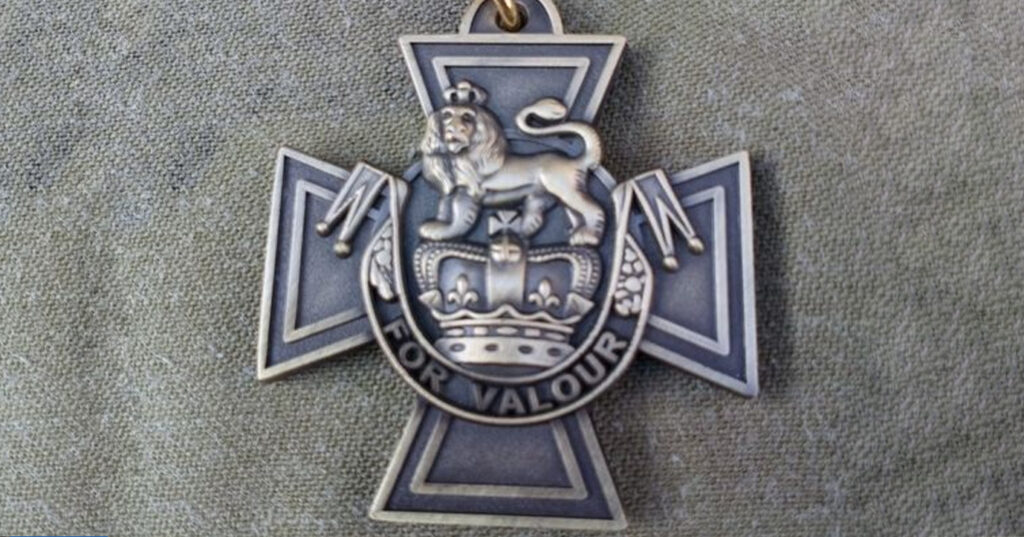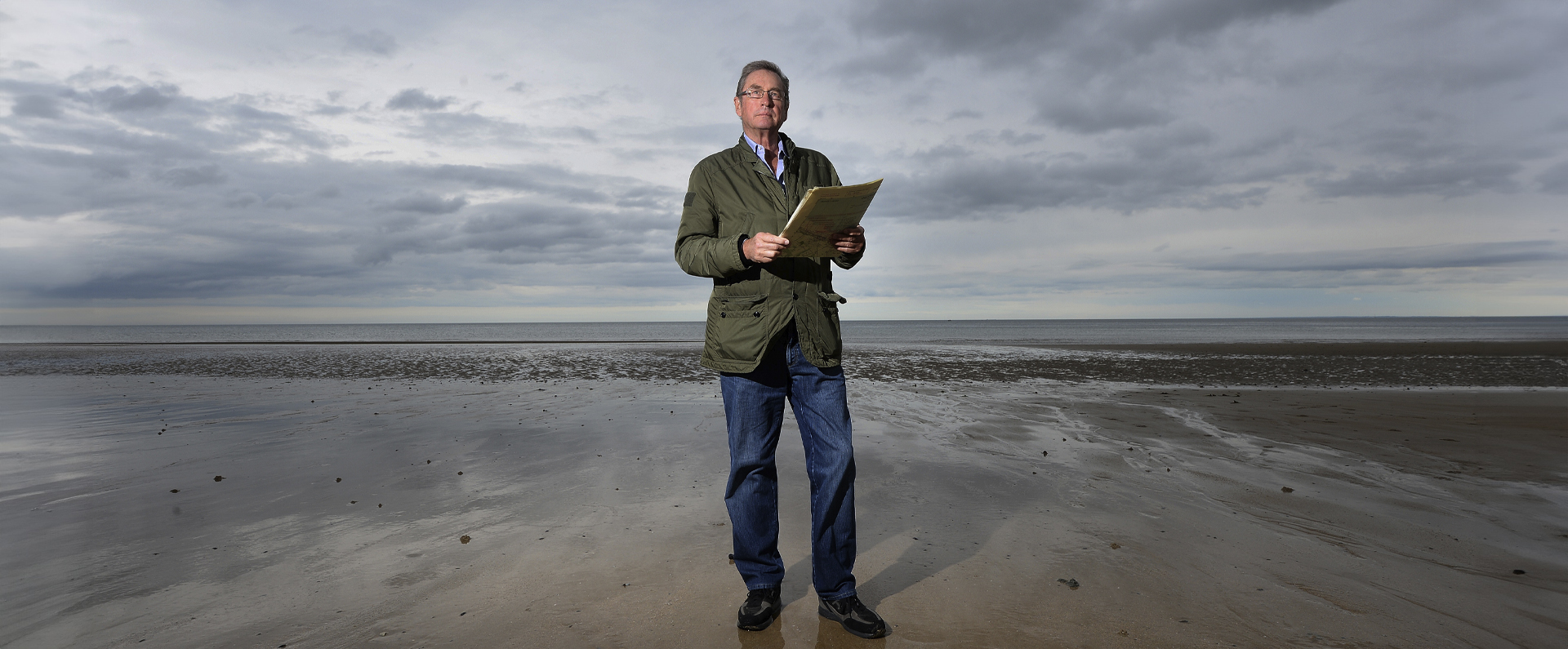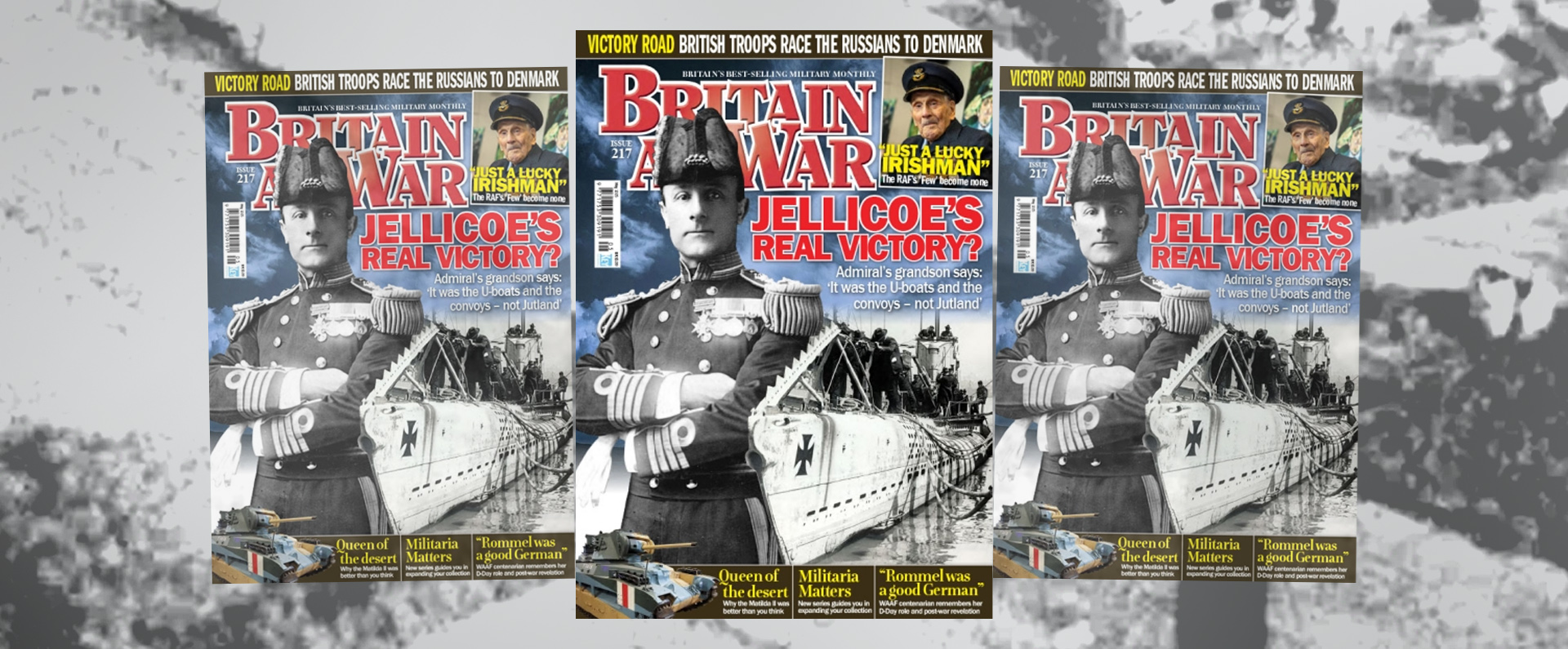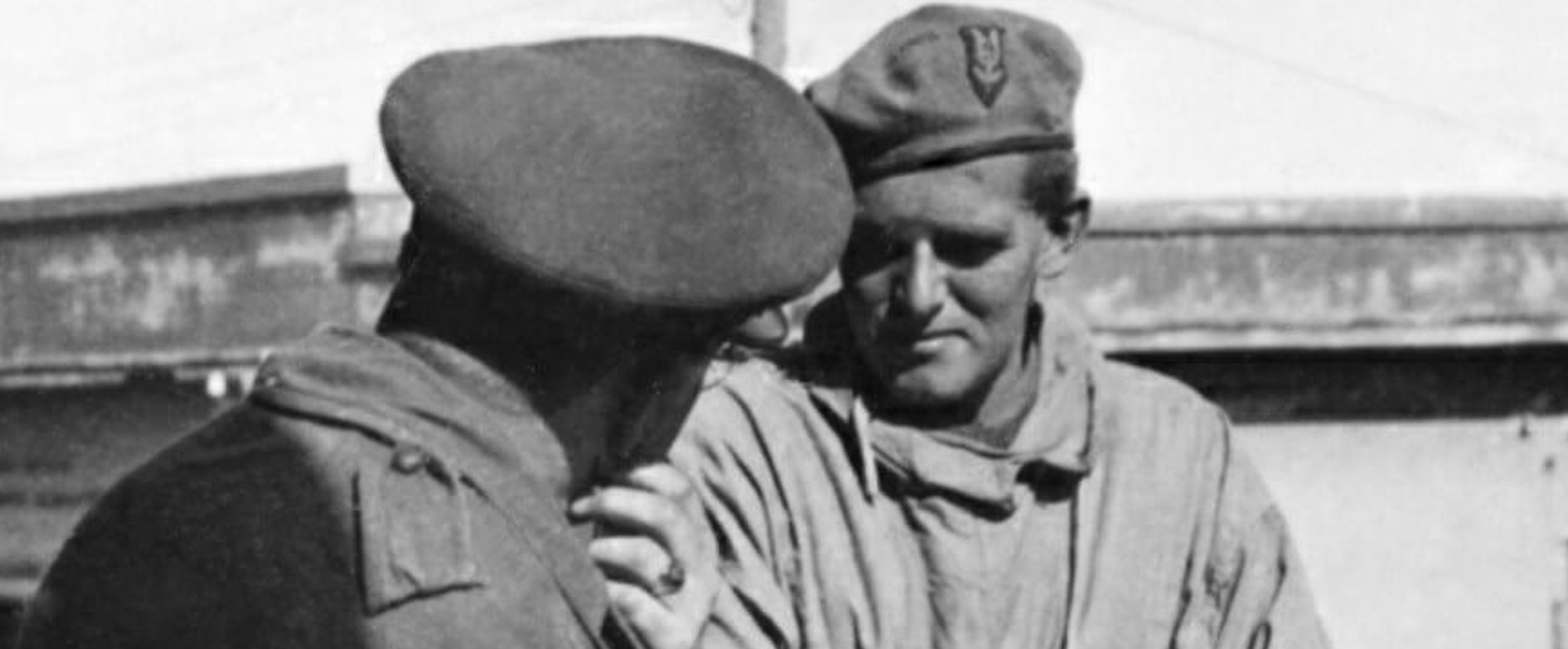
Published in The Spectator on 22 April 2006.
Captain Eric Ashcroft
Leading Seaman James Joseph Magennis
Michael Ashcroft, a devoted collector of the Victoria Cross, marks the 150th anniversary of the medal’s creation and salutes its simple beauty.
The concept of bravery intrigues me as much today as it did when I was a schoolboy.
What is the crucial factor that makes some people more courageous than others? Is it in their genes, their upbringing or their training? Are they motivated by patriotism, religious conviction, respect for those who fight with them or simply an old fashioned sense of duty? Is the bravery of most people premeditated or is it a spur-of-themoment response to the heat of battle?
These are the sorts of questions I started to pose when, nearly half a century ago, I was a 12-year-old boarder at Norwich School. I watched films and read books about war, particularly the second world war, which had ended the year before I was born.
But it was bravery – rather than uniforms or weapons or battle plans – that fascinated me most. I was in awe of people who had performed heroic acts in the face of great danger. I looked up to people who risked the greatest gift of all – life itself – for their comrades and their country. One of the brave men I revered was my father, Eric Ashcroft, who at dawn on 6 June 1944 found himself crashing through the waves heading for Sword Beach as part of the D-Day landings. As a young lieutenant, he had been briefed to expect 75 per cent casualties – dead and wounded – as they landed in Normandy. In fact, my father’s commanding officer was shot dead at his side as they reached the beach. My father was struck by shrapnel: despite serious wounds, he fought on until ordered from the battlefield.
It was this early interest in bravery which led later to my fascination with the Victoria Cross (VC). This year – 2006 – marks the 150th anniversary of the creation of the VC, the world’s most prestigious award for valour. I cannot pretend to have answered all the testing questions I posed as a schoolboy but I have, through reading and research, learnt to appreciate the splendour of the decoration that was first created by Queen Victoria towards the end of the Crimean war. The beauty of the VC is its simplicity and the fact that it is awarded entirely on merit. It is the premier award for bravery which Britain and other Commonwealth countries can bestow upon their servicemen, yet it respects not rank nor birthright nor colour nor creed. The medal is a modest Maltese cross, a little over an inch square. It is cast from base metal with no intrinsic value and the VC citations usually begin: ‘For most conspicuous bravery. . .’.
When I was in my early twenties and building a business career, I became aware that it was possible to buy VCs on the rare occasion they came up for sale. I ordered the relevant auction catalogues but the prices of the medals were then prohibitive to me. Yet I resolved one day, if my financial circumstances allowed it, to buy a VC.
At the age of 40, I fulfilled my dream. I went to a Sotheby’s auction in London in 1986 and successfully bid for the VC that had been awarded to Leading Seaman James Magennis, a diver who, while serving in Malaysia in 1945, had fixed a mine to the underside of a Japanese warship.
I was not a regular customer at Sotheby’s and so it took a few days for the cheque to clear. Eventually my driver picked up the VC and brought it to my offices in Hanover Square. I put the medal on my desk, looked at it and felt an overwhelming sense of awe. Until that moment I had never intended to own anything other than a solitary VC. Yet there and then I knew that my fascination with this subject was going to lead to something longer term. Indeed, I decided that collecting VCs would be a hobby that I would pursue for the rest of my life. During the day that I took possession of my first VC, I occasionally glanced down at the medal lying on the desk. Each time I did so I felt a surge of passion and pride. It was humbling to be so close to the story of Magennis’s VC and the end product of his bravery. I appreciated the true extent of his courage all the more for possessing his medal. I – and I suspect other collectors – treasure medals because they are a tangible memento of an individual’s service and bravery.
Today the trust that was established to protect the collection of medals owns 139 VCs (including three official replacements, one unissued ‘specimen’ and an ‘unofficial’ cross). It is a collection, worth several millions of pounds, which spans every force – Army, Royal Navy and RAF – and nearly 128 years, from deeds of bravery at the start of the Crimean war to an act of courage during the Falklands war. The collection owns one in ten of the total number of the 1,351 VCs that have been awarded (three remarkable recipients became entitled to a wear a ‘bar’ on their decoration – the equivalent of a second VC). Inevitably, perhaps, some VCs in the collection mean more to me than others. I particularly value the six medals which were won by fighter aces during the first world war and the two VCs (of 11 in total) won at Rorke’s Drift, when in 1879 a force of some 150 men heroically defended a mission station against up to 4,000 Zulu warriors. Over the years, the recipients of the VC have ranged in age from 15 to 61. The regulations have changed slightly over the years too: for example, since the Boer war of 1899-1902, the VC can be won posthumously.
The trust’s collection of VCs is the largest and most valuable in the world. (In fact, I am writing a book about it which will be published later this year. ) Yet this has been achieved sensitively and responsibly.
The trust adheres to a strict set of rules: it does not ‘ambulance chase’ or go in search of medals that are not on the market. The only medals are ones which the recipients (or later owners) wanted to sell – at auction, through dealers or privately. The trust has ensured that many VCs which would have gone abroad to foreign bidders or institutions have stayed in Britain. I hope that before too long the collection can be publicly displayed so that it can be enjoyed by others. I am proud to have played a part in assembling this collection. No system of rewarding bravery is infallible: unlike athletic achievement, courage cannot be measured by a stopwatch or a tape measure.
Yet the VC is as good a system of evaluating outstanding bravery as anyone has devised to date. This year, more than any other, we should all treasure its existence – and salute its recipients.
Download a PDF of the original article in The Spectator
For more information, visit:
LordAshcroftOnBravery.com


